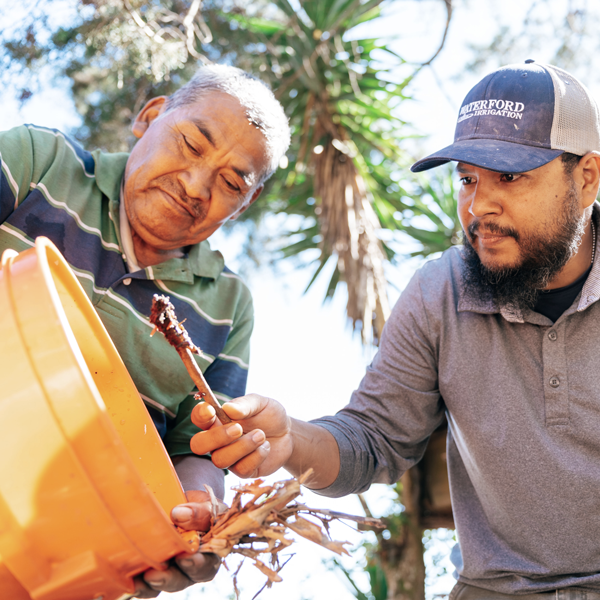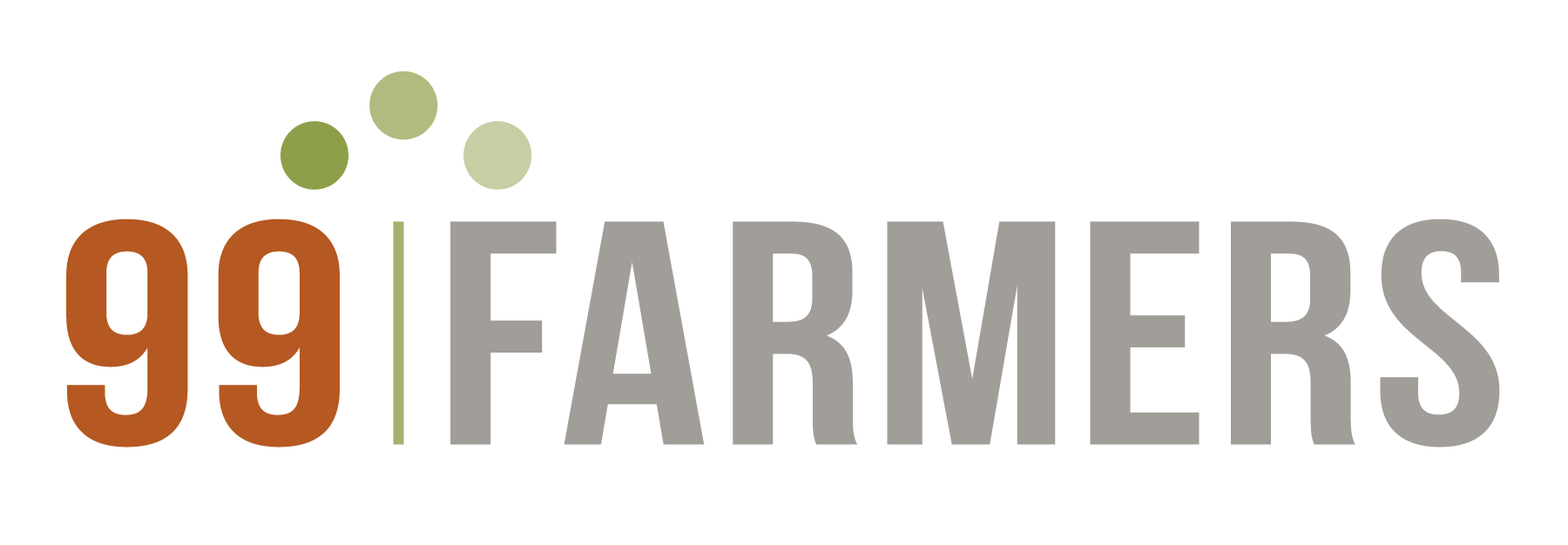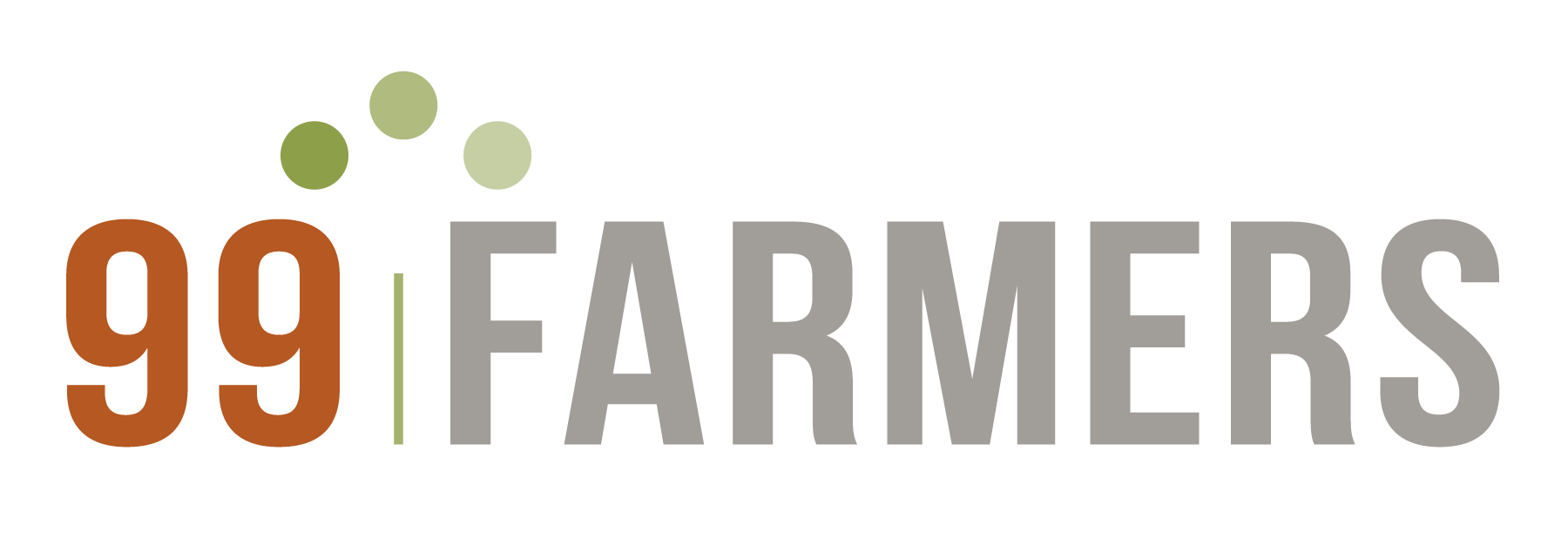Using Data Insights to Build Tailored Farming Strategies
we believe that many farmers have the potential to escape poverty and achieve financial stability. To help them achieve this goal, we use an objective, data-rich assessment to identify the specific challenges that our partners face. Our assessment generates over 100 individual data points, which are then analyzed using regression analysis, a statistical method used to determine the relationship between different variables and income.
This method of analysis allows us to identify the factors that have the greatest impact on income and develop strategies to address those factors. Our tailored approach recognizes the delicate and complex ways the data points are connected and correlated. For example, a relatively low reading/comprehension score can directly impact a farmer’s ability to keep financial records or determine proper pesticide applications. By offering resources and training on improving these practices and providing literacy assistance and support, we can ensure that our interventions have a lasting impact.
Note: As our ministry grows, so will our data sets. It is difficult to make precise predictions and connection whith a relatively small sample size. With more farrmers and a larger sample size we will be able to better capture the variability and patterns in the data, leading to more accurate predictions and insights. Another limitation of this method is that if farmers have a similar response, like only using hand tools, then the regression model cannot capture the positive or negative relationship with, for example, gas-powered tools.

How did the farmer learn to farm?
Family
Self-taught
Formal Training
NGo Training
Example: The correlation between family learning and low Assessment scores:
Our assessment data shows that there is a significant correlation between a farmer’s performance and their learning how to farm through family tradition, with a correlation coefficient of -0.6. Farmers who learned from their family members tend to have lower performance in the farm compared to those who are self-taught or learned through formal education. To address this, our program includes the demonstration of new and innovative techniques, such as sustainable farming practices and crop diversification, to help close the gap.


